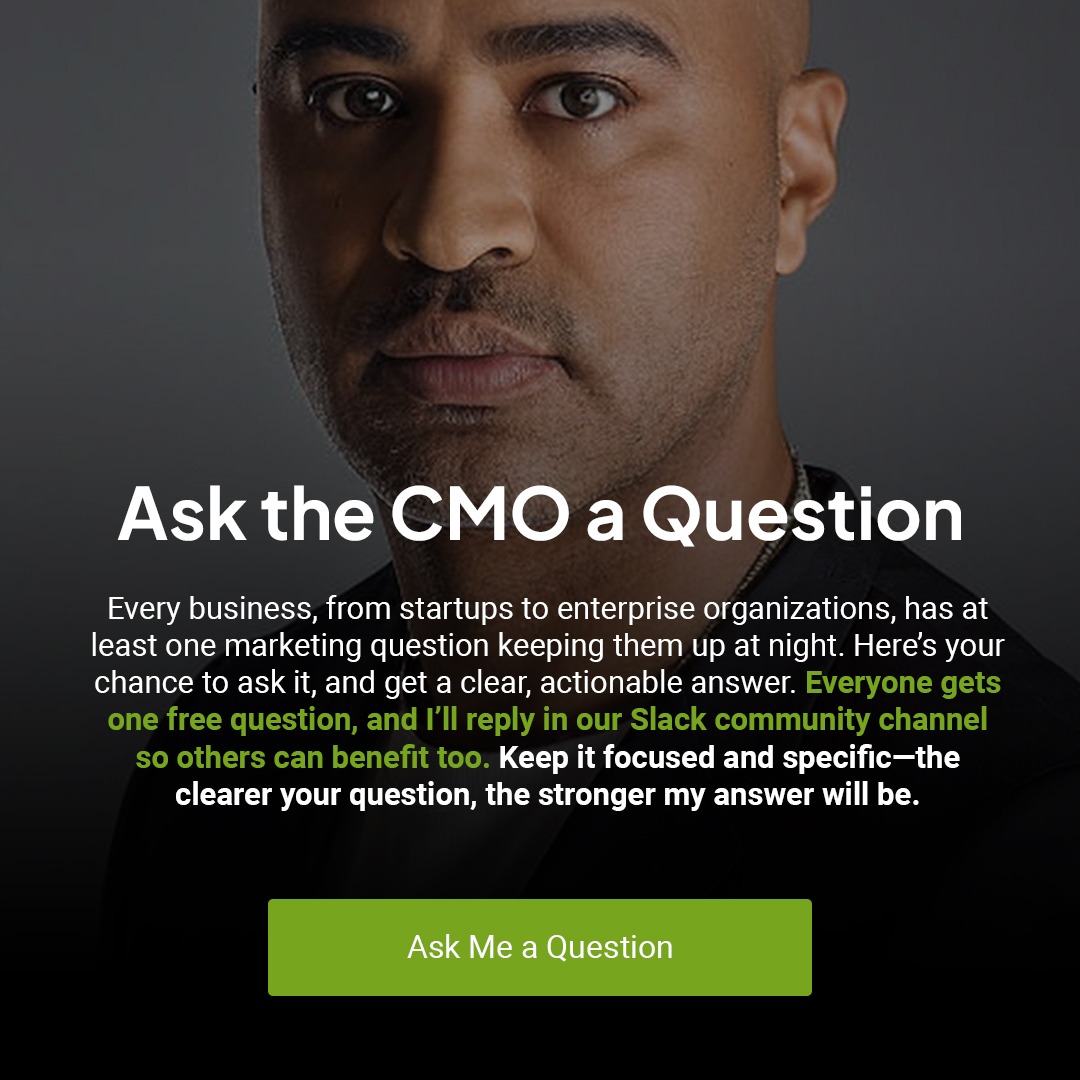In today’s hyper-competitive Software as a Service (SaaS) landscape, it’s not just about driving traffic to your website; it’s about converting that traffic into paying customers. As a Chief Digital Marketing Officer with extensive experience in the SaaS sector, I’ve witnessed firsthand the transformative power of focusing on conversion rates rather than just boosting web traffic. This 900-word article delves into why improving conversion rates is crucial for SaaS companies and outlines actionable strategies to achieve this goal.
Understanding the Conversion Rate Imperative
Web traffic, while essential, is only part of the equation. The fundamental success metric for SaaS companies lies in conversion rates – the percentage of visitors who take the desired action, be it signing up for a trial/demo/meeting/webinar, etc., subscribing to a service, or purchasing. A high traffic volume with low conversion rates clearly indicates missed opportunities and ineffective marketing strategies.
For instance, consider two SaaS companies: Company A draws 100,000 monthly visitors with a 1% conversion rate, resulting in 1,000 conversions. Company B attracts only 50,000 visitors but boasts a 4% conversion rate, achieving 2,000 conversions. Despite lower traffic, Company B is more successful in capitalizing on its audience, illustrating the superiority of quality over quantity.
Strategies for Enhancing Conversion Rates
A/B Testing: Regularly test different versions of webpage elements (like CTAs, headlines, images) to see which performs better in terms of engagement and conversion.
Clear and Compelling Value Proposition: Ensure your value proposition is clearly stated on your homepage and landing pages, highlighting the benefits and differentiators of your product or service.
Streamlined Navigation: Simplify your website’s navigation to make it easy for visitors to find what they’re looking for, reducing bounce rates and increasing conversion chances.
Use of High-Quality Images and Videos: Incorporate professional and relevant images or videos that add context to your content, making the site more engaging and trustworthy.
Mobile Optimization: Ensure your website is fully optimized for mobile devices, offering a seamless experience to users on smartphones and tablets.
Loading Speed Optimization: Improve your website’s loading speed as faster sites provide a better user experience, which can positively impact conversion rates.
Strong Call-to-Actions (CTAs): Use compelling and clear CTAs that guide users toward the desired action, whether purchasing, signing up, or downloading a resource.
Customer Testimonials and Reviews: Showcase genuine customer testimonials and reviews to build trust and credibility with new visitors.
Live Chat Support: Implement a live chat feature to provide instant assistance, addressing customer queries and concerns in real-time
Personalization: Use data-driven personalization to tailor the website experience to individual user preferences, increasing relevance and engagement.
Use of Trust Badges: Display trust badges like security certifications, awards, or association memberships to enhance credibility.
Exit-Intent Popups: Utilize exit-intent popups offering a last-minute deal or a reminder to complete an action to capture potential leads before they leave.
Clear, Concise Forms: Design user-friendly forms that are easy to fill out, asking only for essential information to increase form completion rates.
Optimized Landing Pages: Create focused, well-designed landing pages for different campaigns or user segments to increase conversion potential.
Content Quality and Relevance: Ensure your content is high-quality, relevant, and up-to-date to meet user needs and support your conversion goals.
Social Proof: Display social proof elements like user count, client logos, or social media mentions to reinforce credibility.
Regular Content Updates: Keep your website fresh with regular updates to content, keeping visitors engaged and improving SEO.
Use of Analytics and Feedback: Regularly analyze website data and gather user feedback to understand visitor behavior and make informed CRO decisions.
Risk Reversal: Offer guarantees, free trials, or easy return policies to lower the perceived risk for new customers.
Consistent Branding: Ensure consistent branding across all pages for a cohesive experience, reinforcing brand recognition and trust.
The Impact of a Conversion-Centric Approach
By optimizing conversion rates, SaaS companies can achieve more efficient and effective marketing, leading to higher ROI. It’s not just about getting people to your site; it’s about getting the right people and guiding them towards purchasing. This approach leads to more sustainable growth, as it emphasizes the quality of leads over mere quantity.
In conclusion, while driving web traffic is an essential aspect of digital marketing, the real gold lies in conversion rates for SaaS companies. By implementing targeted strategies to improve these rates, companies can increase their customer base and enhance customer satisfaction and loyalty. In the digital age, where attention is the new currency, the companies that convert interest into action will thrive.
Keep Reading
Want more? Here are some other blog posts you might be interested in.
Your customers expect to be tricked (unfortunately). They have seen bait pricing. They have fought to cancel. They have waited on ...
Confusing a launch plan with a GTM strategy is one of the fastest ways to stall growth. A launch plan gets ...
On Monday, October 20, 2025, Amazon Web Services experienced a major incident centered in its US-EAST-1 region. The problem began in ...
For founders and growing companies
Get all the tips, stories and resources you didn’t know you needed – straight to your email!




